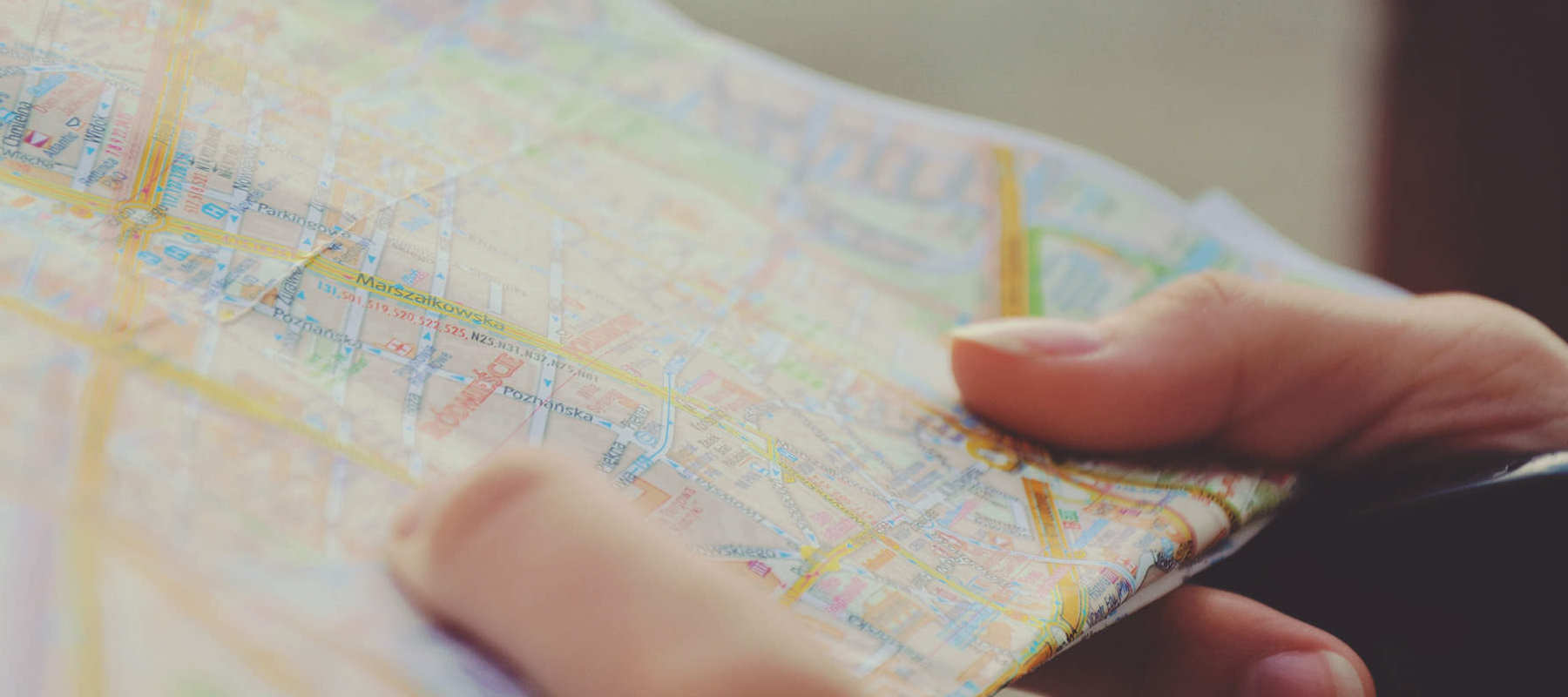
Call 0330 880 3600 Calls may be monitored or recorded. Opening Times.
- TRAVEL INSURANCE
- COVID-19 ENHANCED COVER
- More Options
- Help & Advice
- Existing Customers

Call 0330 880 3600 Calls may be monitored or recorded. Opening Times.

Need help?
UK Customer Services0330 880 3600*
Open Monday to Friday 9:00am to 6pm, Saturday 8:30am to 4pm and closed Sundays.
*Calls are recorded for training and quality purposes.

Official name: Federal Democratic Republic of Nepal
Capital city: Kathmandu
Languages spoken: Nepali, Maithili, Bhojpuri, Tharu
Population: Around 30 million
Currency: Nepalese rupee (NPR)
Time zone: GMT+5.75
Driving side: Left
Climate: Ranges from subtropical in the south to alpine in the Himalayas, with a monsoon season from June to September
Nepal, nestled in the Himalayas between India and China, is a land of towering peaks, spiritual traditions, and vibrant culture. Known as the home of Mount Everest and many of the world’s highest mountains, it draws trekkers and climbers from around the globe. Beyond adventure travel, Nepal is steeped in history, with Hindu and Buddhist temples, bustling bazaars, and ancient towns like Bhaktapur and Patan. Political stability has improved since the end of the civil conflict, but challenges remain, including infrastructure and development issues.
Nepal’s geography is defined by dramatic contrasts, from the lowland Terai plains to the steep hills of the midlands and the towering Himalayan peaks in the north. Eight of the world’s 14 highest mountains are found here. Rivers from the Himalayas feed into the Ganges system, making the landscape both fertile and prone to flooding.
Tribhuvan International Airport in Kathmandu is the main entry point for international visitors, with flights from hubs across Asia and the Middle East. Domestic flights link the capital to mountain towns, though weather often causes delays. Roads are developing but can be rough, particularly in rural areas. Trekking is one of the primary draws for visitors, but permits are often required, and guided tours are strongly recommended in remote areas.
Most visitors, including UK nationals, require a visa to enter Nepal. Tourist visas can be obtained on arrival at Tribhuvan International Airport or applied for in advance at Nepalese embassies. The British Embassy is located in Kathmandu, providing support for UK travellers.
The Nepalese rupee (NPR) is the official currency. ATMs are available in major towns and cities but may be unreliable outside urban areas. Credit cards are accepted in larger hotels, restaurants, and shops in Kathmandu and Pokhara, though cash is advisable in rural and trekking regions.
Healthcare in Nepal varies significantly. Kathmandu and Pokhara have hospitals and clinics with reasonable facilities, but rural and mountainous regions have only basic services. Trekkers should be aware of the risks of altitude sickness, which can be serious or even fatal if not treated properly. Comprehensive travel insurance with cover for trekking and helicopter evacuation is highly recommended. Water should be boiled or treated before drinking, and insect repellent is advised in the lowland Terai areas.